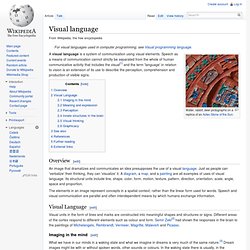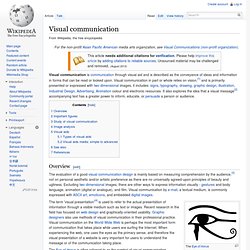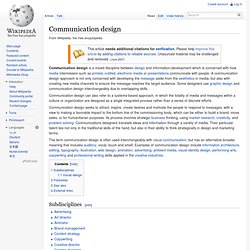

Visual thinking. Visual thinking, also called visual/spatial learning, picture thinking, or right brained learning, is the phenomenon of thinking through visual processing.

Visual thinking has been described as seeing words as a series of pictures. [citation needed] It is common in approximately 60%–65% of the general population. "Real picture thinkers", those persons who use visual thinking almost to the exclusion of other kinds of thinking, make up a smaller percentage of the population. Research by child development theorist Linda Kreger Silverman suggests that less than 30% of the population strongly uses visual/spatial thinking, another 45% uses both visual/spatial thinking and thinking in the form of words, and 25% thinks exclusively in words. According to Kreger Silverman, of the 30% of the general population who use visual/spatial thinking, only a small percentage would use this style over and above all other forms of thinking, and can be said to be 'true' "picture thinkers".
Visual language. A visual language is a system of communication using visual elements.

Speech as a means of communication cannot strictly be separated from the whole of human communicative activity that includes the visual[1] and the term 'language' in relation to vision is an extension of its use to describe the perception, comprehension and production of visible signs. Overview[edit] An image that dramatizes and communicates an idea presupposes the use of a visual language.
Just as people can 'verbalize' their thinking, they can 'visualize' it. Brand management. Brand management is a communication function that includes analysis and planning on how that brand is positioned in the market, which target public the brand is targeted at, and maintaining a desired reputation of the brand.

Developing a good relationship with target publics is essential for brand management. Tangible elements of brand management include the product itself; look, price, the packaging, etc. The intangible elements are the experience that the consumer takes away from the brand, and also the relationship that they have with that brand. A brand manager would oversee all of these things. Definitions[edit] In 2001 Hislop defined branding as "the process of creating a relationship or a connection between a company's product and emotional perception of the customer for the purpose of generating segregation among competition and building loyalty among customers. " History[edit] Among the most highly visible and recognizable brands is the red Coca-cola can.
Visual communication. Visual communication is communication through visual aid and is described as the conveyance of ideas and information in forms that can be read or looked upon.

Visual communication in part or whole relies on vision,[1] and is primarily presented or expressed with two dimensional images, it includes: signs, typography, drawing, graphic design, illustration, Industrial Design, Advertising, Animation colour and electronic resources. It also explores the idea that a visual message[2] accompanying text has a greater power to inform, educate, or persuade a person or audience. Overview[edit] The evaluation of a good visual communication design is mainly based on measuring comprehension by the audience,[3] not on personal aesthetic and/or artistic preference as there are no universally agreed-upon principles of beauty and ugliness.
Excluding two dimensional images, there are other ways to express information visually - gestures and body language, animation (digital or analogue), and film. Objects. Communication design. Communication design can also refer to a systems-based approach, in which the totality of media and messages within a culture or organization are designed as a single integrated process rather than a series of discrete efforts.

Communication design seeks to attract, inspire, create desires and motivate the people to respond to messages, with a view to making a favorable impact to the bottom line of the commissioning body, which can be either to build a brand, move sales, or for humanitarian purposes. Its process involves strategic business thinking, using market research, creativity, and problem-solving. Communications designers translate ideas and information through a variety of media. Their particular talent lies not only in the traditional skills of the hand, but also in their ability to think strategically in design and marketing terms. Subdisciplines[edit] Visual design[edit] [edit] Jump up ^ MUNARI, Bruno.
See also[edit]